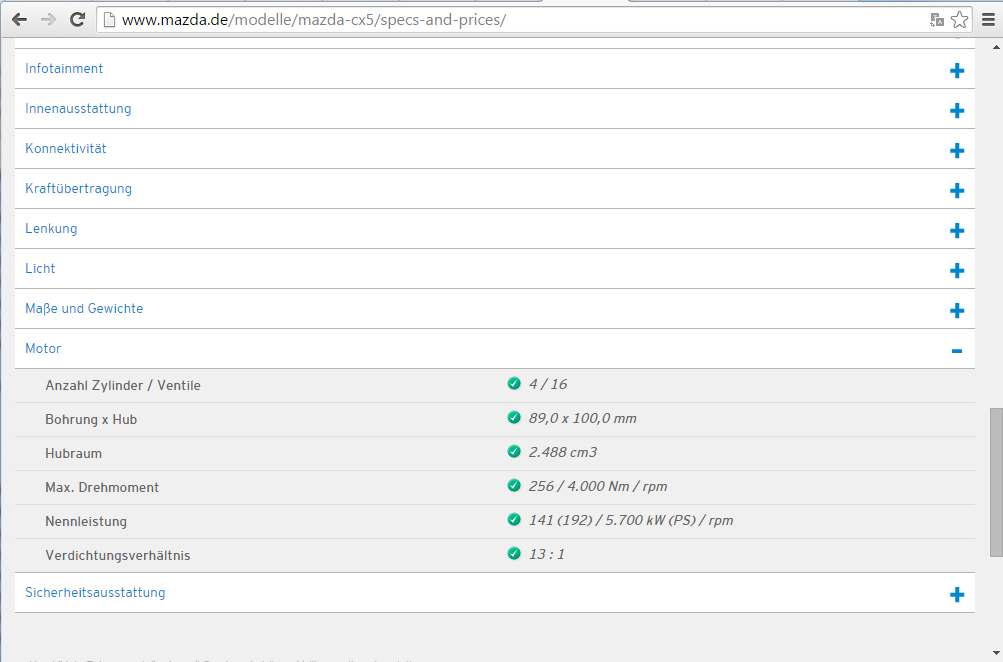People have been whining about SRIs for as long as they've been available...
I prefer them to the full intake for 1 basic reason, I live in Florida, land of the instant flood.
I've watched many a motor get destroyed down here by the instant hard rain, can't see the puddle till your in it with a full intake.
I'm looking for an SRI for the CX, am hoping that Sure Motorsports builds one.
I prefer them to the full intake for 1 basic reason, I live in Florida, land of the instant flood.
I've watched many a motor get destroyed down here by the instant hard rain, can't see the puddle till your in it with a full intake.
I'm looking for an SRI for the CX, am hoping that Sure Motorsports builds one.

